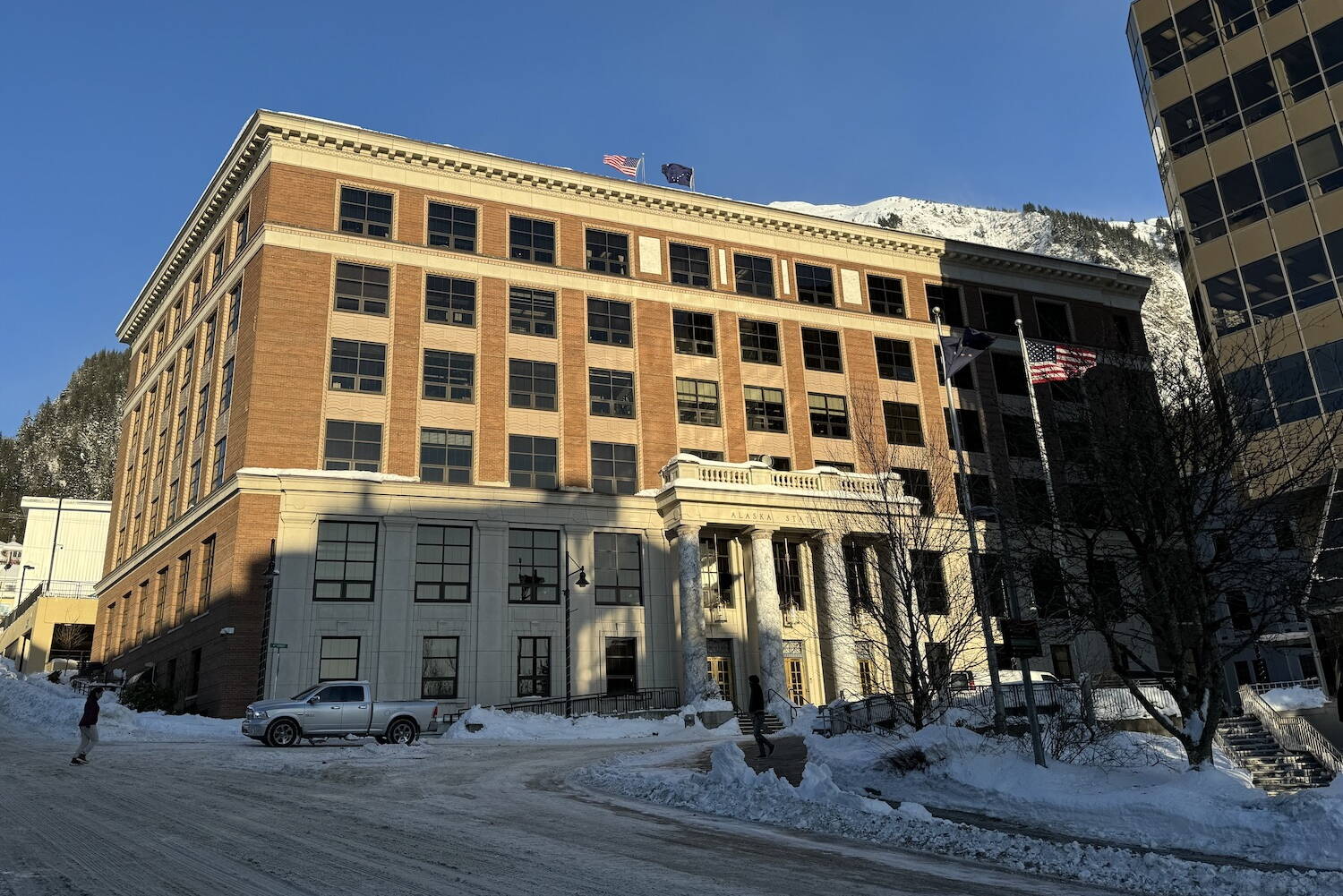As the Alaska Legislature convenes in Juneau, the state population is on the minds of lawmakers.
For the 11th consecutive year, more people moved out of Alaska than moved into it, according to new estimates published this week by the Alaska Department of Labor.
Though new births over the past year counterbalanced the losses, the state’s population growth was a meager 0.04%, demographers estimate. The state’s new estimated population, 736,812, is below what it was in 2012.
While the trend has been building for more than a decade, the number of lawmakers calling for swift and major action has grown, and a variety of proposals are now circulating in the Capitol.
“It’s just interesting this year how, regardless of whether it’s cost of living, energy costs, schools, everybody’s bringing up that population loss,” said Rep. Will Stapp, R-Fairbanks.
But why now, after 11 years of losses?
“I think it’s been finally recognized,” said Senate Majority Leader Cathy Giessel, R-Anchorage. “You know the old analogy: ‘How do you boil a frog?’ You turn up the heat slowly. And then finally, the frog realizes, ‘Oh, no, I’m cooked.’ I think that’s kind of what’s happened.”
In the first three days of the legislative session, population loss has been referenced dozens of times, and the proposed solutions vary widely.
Rep. George Rauscher, R-Sutton and a member of the House majority coalition, suggested that high electricity prices are contributing to a high cost of living, and Speaker of the House Cathy Tilton, R-Wasilla, said “the No. 1 priority here for our caucus will be to figure out how we reduce the cost of energy all across Alaska.”
Senate President Gary Stevens, R-Kodiak, said increased education funding is the No. 1 priority of the Senate’s bipartisan majority. More funding will result in better schools, he and others suggested. “We have put education at the very top,” he said.
Members of the predominantly Democratic minority in the House have also called education funding part of the answer.
“This is a crisis, an absolute crisis,” said House Minority Leader Calvin Schrage, I-Anchorage.
Giessel said the lack of a pension program for state employees is deterring people from moving to the state to take state jobs, and the revival of the pension is the majority’s No. 2 priority.
She and others said they’re particularly alarmed by the decline in the state’s working-age population, the number of residents between 18 and 64 years old. That’s fallen from more than 480,000 in 2013 to about 450,000 today.
“If we have aspirations to build an in-state gas pipeline, to amp up and modernize our transmission lines, to improve our education outcomes, it means that we need to have qualified workforce here,” Giessel said. “These are the folks that are leaving, that are being recruited to other states.”
In a written message published on Monday, Gov. Mike Dunleavy said he intends to make affordability a major issue during the session by introducing a series of bills.
“A major focus for this year’s legislative session is affordability. Alaska can be an expensive place to live, but we can also do something about it. Food and energy security, childcare, housing, access to land, and healthcare are the key areas we need to work on to make Alaska an even better place to live,” he said.
Jeff Turner, the governor’s communications director, said that “the affordability push is to ultimately start growing Alaska’s population. The key is to make it an even better place to raise a family.”
He said he expects that message to be included in next week’s State of the State address.
Stapp, a member of the House majority, said that with so many ideas floating around, there’s a big unanswered question.
“Everyone kind of agrees on the issue: We’re seeing outmigration in our state. We’re even going to agree on a lot of the reasons why that’s happening. So the problem is, when it comes to it, what are you going to do about it?”
GET THE MORNING HEADLINES DELIVERED TO YOUR INBOX
• James Brooks is a longtime Alaska reporter, having previously worked at the Anchorage Daily News, Juneau Empire, Kodiak Mirror and Fairbanks Daily News-Miner. This article originally appeared online at alaskabeacon.com. Alaska Beacon, an affiliate of States Newsroom, is an independent, nonpartisan news organization focused on connecting Alaskans to their state government.

